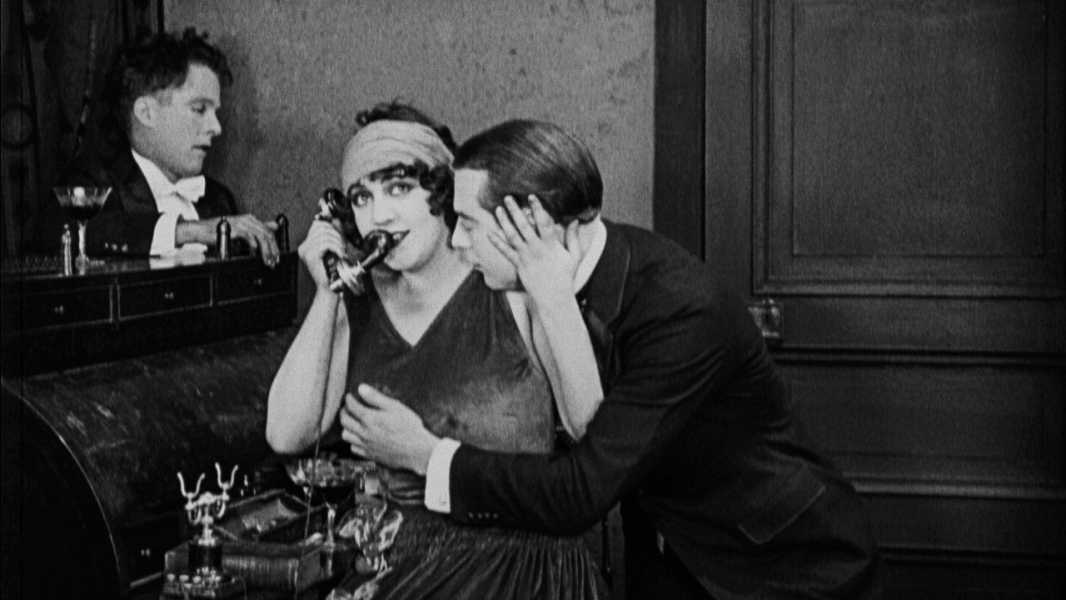
Save this storySave this storySave this storySave this story
Richard Brody
Staff writer
You’re reading the Goings On newsletter, a guide to what we’re watching, listening to, and doing this week. Sign up to receive it in your in-box.
The season’s awards-targeting back load of releases offers some movies of unusual substance and style, including the veteran director Michael Mann’s “Ferrari” (opening Dec. 25). It’s the latest in a run of historical bio-pics interested in the strong but unsung female partners of famous men, of which “Maestro” is the most sentimental, “Napoleon” the most contrived, and “Priscilla” the most radical. In “Ferrari,” set in the mid-nineteen-fifties, Enzo Ferrari (Adam Driver), the celebrated maker of high-performance luxury cars, is in crisis. His company is losing money, his ambitions in the world of auto racing are frustrated, and his long-standing affair with a young woman (Shailene Woodley) is threatening his marriage. The flash and the flamboyance, the elegance and the arrogance of Enzo’s dashing milieu are undergirded by myriad details of the business—wherein his wife, Laura (Penélope Cruz), is the master of the game—and by the ravaging presence of death. The inherent dangers of the racetrack weigh on the action, as does the tragic loss, at once intimate and symbolic, of a child; the story’s dramatic sleekness suggests the passion and the violence beneath its glossy surfaces.
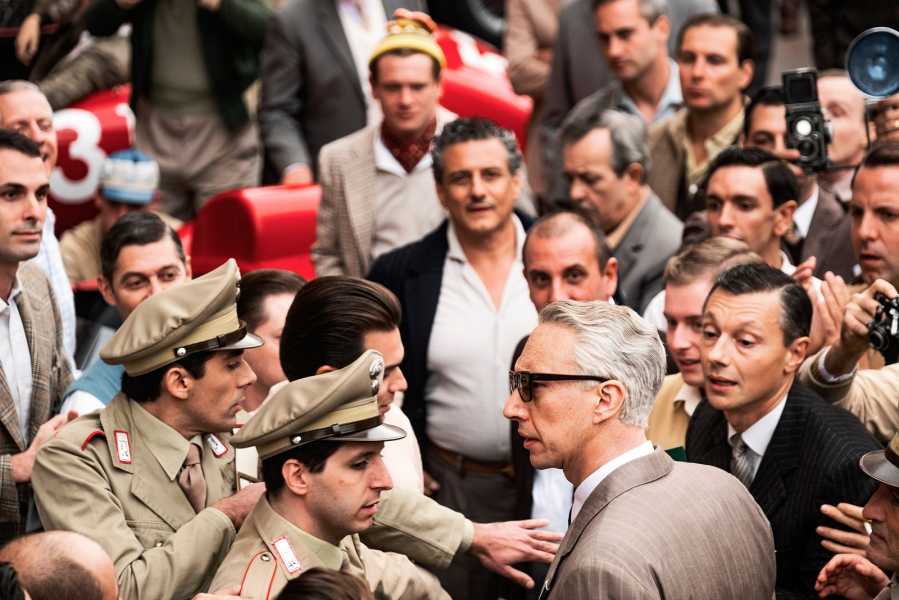
Adam Driver stars in Michael Mann’s “Ferrari.”Photograph by Lorenzo Sisti
The musician Blitz Bazawule’s first feature, “The Burial of Kojo,” was one of the independent-film treasures of 2018. His second outing is on an altogether grander scale—a musical version of “The Color Purple,” opening Dec. 25—but he brings to it the same imaginative flair that graces his low-budget work. The movie is adapted both from Alice Walker’s novel and from Marsha Norman’s musical libretto. It follows a Black woman named Celie—played, in her youth, by Phylicia Pearl Mpasi, and, as an adult, by Fantasia Barrino—through the early twentieth century in the rural South. As a child, Celie is repeatedly raped by her stepfather (Deon Cole), and she has two children with him, who are taken from her; she’s then forced to marry a man called Mister (Colman Domingo), who beats and demeans her. The drama involves Celie’s liberation from domestic oppression and her efforts to reunite with her children and with a long-lost sister; the story of endurance and overcoming is driven by its fervent and steadfast performers, especially Mpasi and Barrino, along with Danielle Brooks (as Sofia, the wife of Mister’s son Harpo) and Taraji P. Henson (as the blues singer Shug Avery), with rousing musical numbers as emotional anchors.
The British director Andrew Haigh’s new film, “All of Us Strangers” (Dec. 22), brings rigorous realism to a tale of exquisite fantasy. It stars Andrew Scott as Adam, a blocked screenwriter living an emotionally arid life in a high-rise apartment building in London. While developing a romantic relationship with a neighbor (Paul Mescal), he seeks to spark artistic inspiration by visiting his childhood home in a distant suburban town; there, he finds that his parents (Claire Foy and Jamie Bell), who died decades earlier, are awaiting him. Adam’s efforts to reconcile this supernatural family reunion with his professional and personal life in London make for a melancholy and ironic Christmas tale.
Spotlight
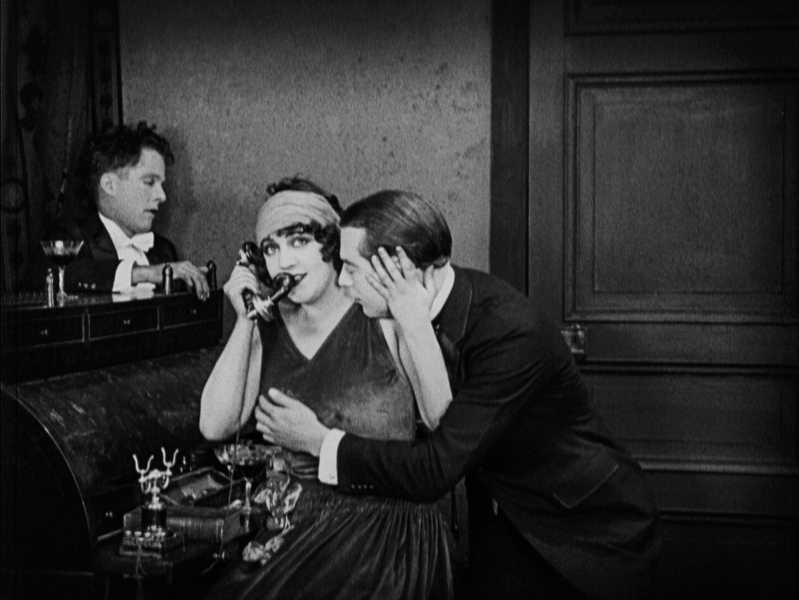
Photograph courtesy Janus FilmsMovies
In the nineteen-tens, Charlie Chaplin revolutionized movies with his character the Tramp. His film “A Woman of Paris,” from 1923, wrought a second revolution, albeit under the radar (not least because the Tramp took no part in it). This silent movie (in a new restoration, opening Dec. 22, at Film Forum), which Chaplin wrote and directed, is a romantic melodrama of understated, whispery intimacy. After a young woman (Edna Purviance) from a small French town is separated from her artist fiancé (Carl Miller), by their parents and by circumstances, she ends up in the capital, where she becomes the luxuriously supported lover of a wealthy roué (Adolphe Menjou). The movie, which quietly rages against the narrow-minded moralism that drives the young lovers apart, proved—mainly to other directors—that film could sustain a nearly novelistic subtlety.—Richard Brody

About Town
Podcasts
The fourth season of “The Paris Review Podcast” brings a special aural magic—twinkling piano, pensive cello, the occasional far-off car horn—to its immersive offerings of recent and archival fiction, poetry, and interviews; like so much transporting art, each episode feels both grounded and celestial. So far, it has featured fiction by Rivers Solomon, read by Lena Waithe; a conversation with Sharon Olds (who describes a recurring dream, on nights before a reading, about being “late for my execution”); and poems by Rilke, Toi Derricotte, and Maggie Millner, stealthily read by Millner inside a coffin-like closet at IKEA. The podcast’s beauty comes from its masterly production and sound design, by some of the form’s best practitioners, including John DeLore and Helena de Groot.—Sarah Larson
Off Broadway
Samuel Beckett’s “Waiting for Godot,” which premièred in 1953, is often set aside as an example of onstage philosophizing, all cerebral existentialism, with none of the comforts of conventional plot. But in the hands of the director Arin Arbus, along with Michael Shannon and Paul Sparks, who play Estragon and Vladimir like a comedy team, “Godot” becomes what it has always been: a thrilling, melancholy, comic slice of life on earth. This Theatre for a New Audience production is above all about friendship, about how the pyrotechnics of living together—argument and consolation, recrimination and love—are a stay against an often comfortless world.—Vinson Cunningham (Reviewed in our issue of 11/27/23.) (Polonsky Shakespeare Center; through Dec. 23.)
Hip-Hop
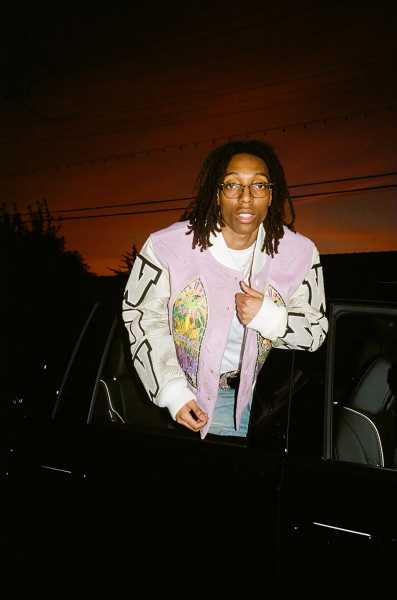
Photograph by Shot by Cones
The Queens-born rapper Lil Tecca emerged during a boom of crooning teen-aged rappers, in 2019, with the explosive release of “Ransom,” a twinkling bauble born of a tweet exchange with a producer from the record label and collective Internet Money, known for working with stars of a then cresting wave of SoundCloud rap. Despite the blasé appeal of his spiralling singsong melodies, Tecca has joked that his early raps were a bluff, a hint at an identity yet to form. But faking it until you make it can be a viable strategy for a young artist on the cusp of a breakthrough, and, after two albums of breezy, Auto-Tuned navel-gazing, Tecca finally becomes a singular star on the personality-driven and dynamic “TEC.”—Sheldon Pearce (The Paramount; Dec. 22.)
Art
For “Artist’s Choice: Grace Wales Bonner—Spirit Movers,” the British fashion designer Wales Bonner organized thirty-seven objects from MOMA’s collection in a witty, sophisticated installation with a symphonic sweep. Its centerpiece is Terry Adkins’s soaring sculptural ensemble “Last Trumpet,” which lines up four eighteen-foot-long brass horns, as if ready for a celestial choir. The show, described as a meditation on modern Black expression, also includes lithographs by Jean Dubuffet, sculpture by Jean Arp, and a fetish object by Lucas Samaras. Especially tactile and tantalizing are Lenore Tawney’s circle of tiny seeds on open book pages, and a scroll by David Hammons, torn to reveal a lattice of wire mesh stuffed with tufts of hair from Black barbershops.—Vince Aletti (MOMA; through April 7.)
Dance
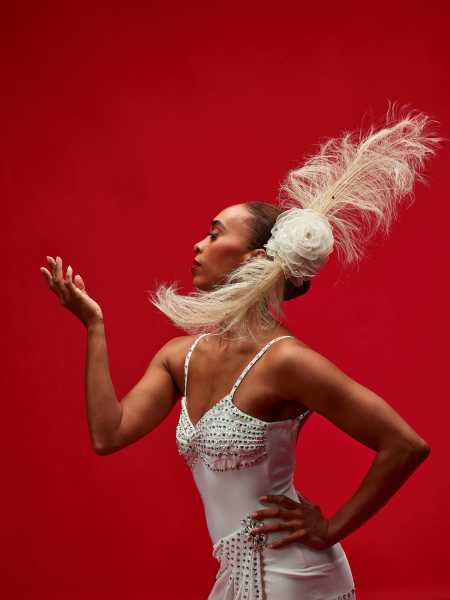
Photograph by Dario Calmese
The final two weeks of Alvin Ailey American Dance Theatre’s winter season offer a few more chances to catch this year’s big première, “CENTURY,” by the in-demand Amy Hall Garner. Conceived as a birthday gift to her grandfather, who is turning a hundred, the work is a good-time romp set to his kind of music—Count Basie, Ray Charles, Louisiana second line. Other programs feature the return of Alonzo King’s “Following the Subtle Current Upstream,” as well as recent pieces by Kyle Abraham and Jamar Roberts, along with plenty of Ailey classics.—Brian Seibert (New York City Center; through Dec. 31.)
Movies
Sean Durkin, who wrote and directed “The Iron Claw,” a bio-pic about the professional wrestlers of the Von Erich family, approaches the story with a critical and fervent curiosity. The film is set mainly in the nineteen-eighties, in Texas, at the family compound, which is run rigidly by its patriarch, Fritz (Holt McCallany). Despite his successes, Fritz considers himself persecuted by the wrestling establishment and uses his sons for revenge, grooming them to become world champions and pitting them against one another for the opportunity. The story is centered on one son, Kevin (Zac Efron), a rising star whose relationship with a tough-minded woman (Lily James) helps him survive the torments that ruin his brothers. The physical pain of the sport pales beside the emotional agony resulting from a domestic reign of terror.—Richard Brody (In theatrical release Dec. 22.)

Pick Three
Helen Rosner on three perfect seafood towers.
1. Suvannamaccha’s Offering, at Thai Diner: Nolita’s faultless Thai Diner offers a sumptuous orchid-garnished plateau, named for a golden mermaid-princess from the Ramayana. The riotous double-decker tower bears a scallop crudo with lemongrass, octopus in a red-bean-curd dressing, and a tart green-mango salad. A trio of condiments, including a brilliant tom-yum cocktail sauce, can be applied to tender oysters, tremendous meaty mussels, and a kingly portion of crab claws.
2. The Lowbrow, at Grand Army Bar: The jewel of the seafood-focussed menu at this chill Boerum Hill cocktail bar is the Lowbrow Tower, an almost confrontationally minimalist, zero-drama shellfish plateau. No fuss, no glitz, just a tidy arrangement of oysters, littlenecks, four neatly curled shrimp—and, brilliantly, a clutch of devilled eggs piped high with yolk, which has been blended with soy and sesame, and dolloped with salty trout roe. It’s one of my favorite dinner-for-one choices in the city, best consumed seated at the bar, with a cocktail.
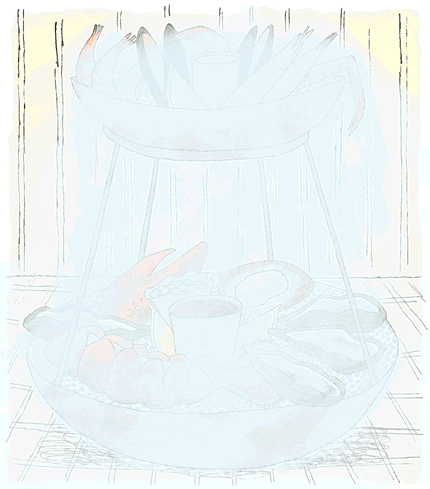
Illustration by Millie von Platen
3. The Seafood Plateau, at Delmonico’s: One of New York’s oldest restaurants—recently revived, in the financial district—understands spectacle. The Seafood Plateau arrives in a theatrical swirl of dry ice, white mist cascading from its two tiers. The presentation comprises oysters with passion-fruit mignonette and the day’s crudo—yellowtail with avocado, say, or scallops in yuzu—and chilled lobsters, their silken claws already flawlessly denuded. Standing out amid all the pageantry are quite simply the most enormous cocktail shrimp I’ve ever seen.
P.S. Good stuff on the Internet:
- “To Catch a Catfish”
- The first episode of “7PM in Brooklyn”
- The digital exhibition “Writing the War in Ukraine”
Sourse: newyorker.com






